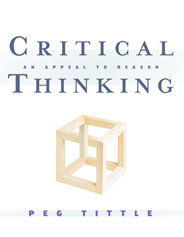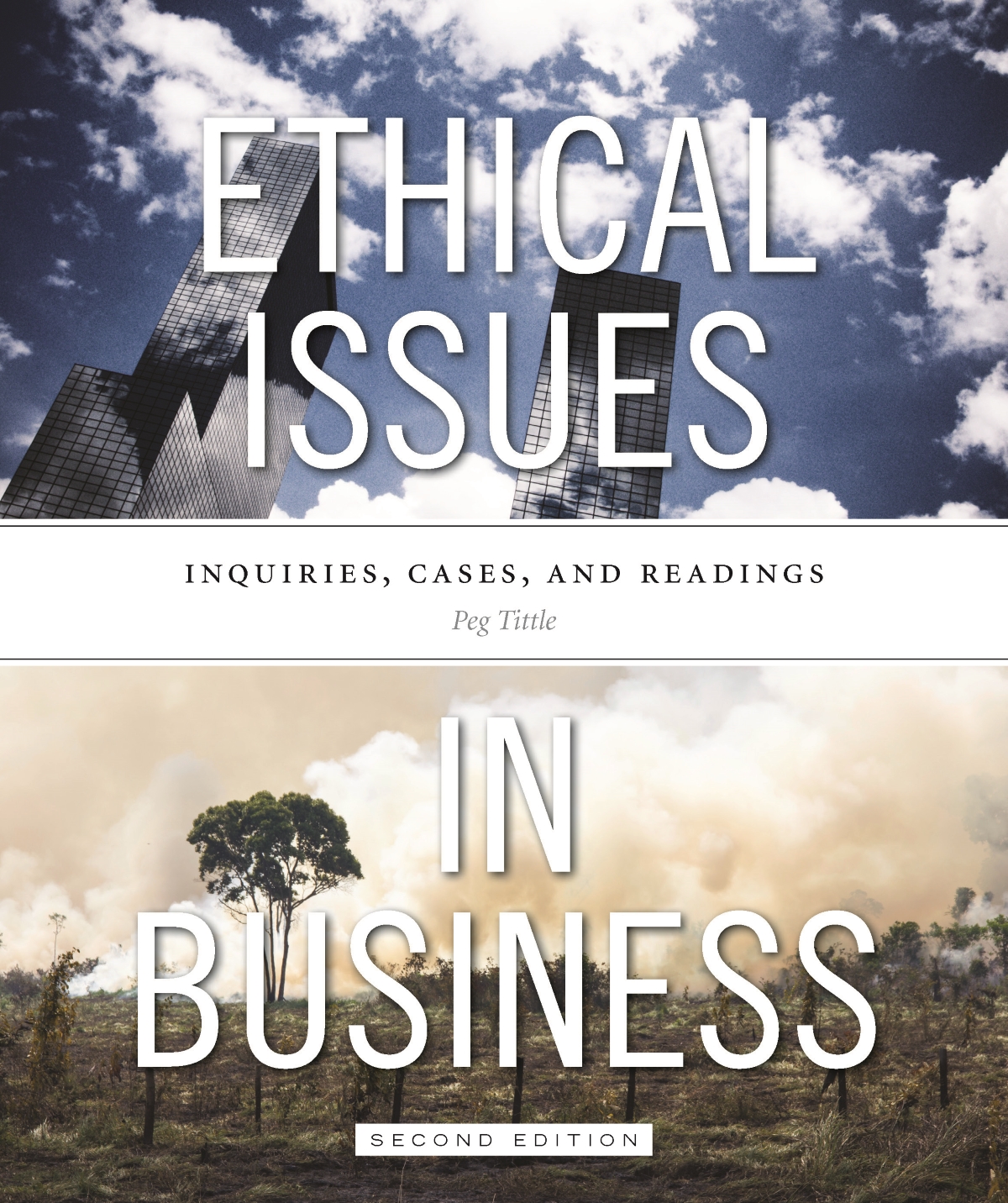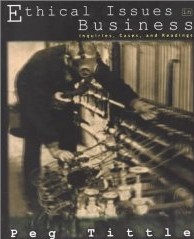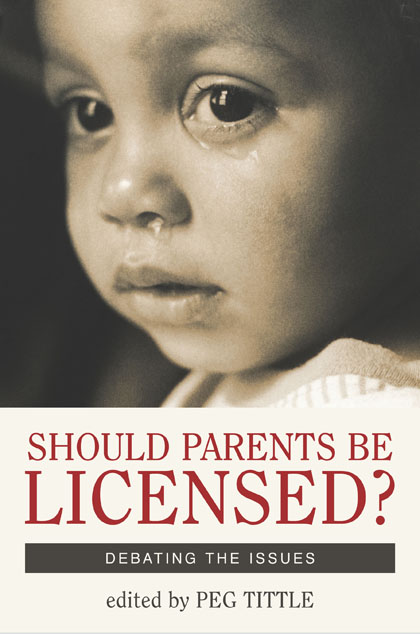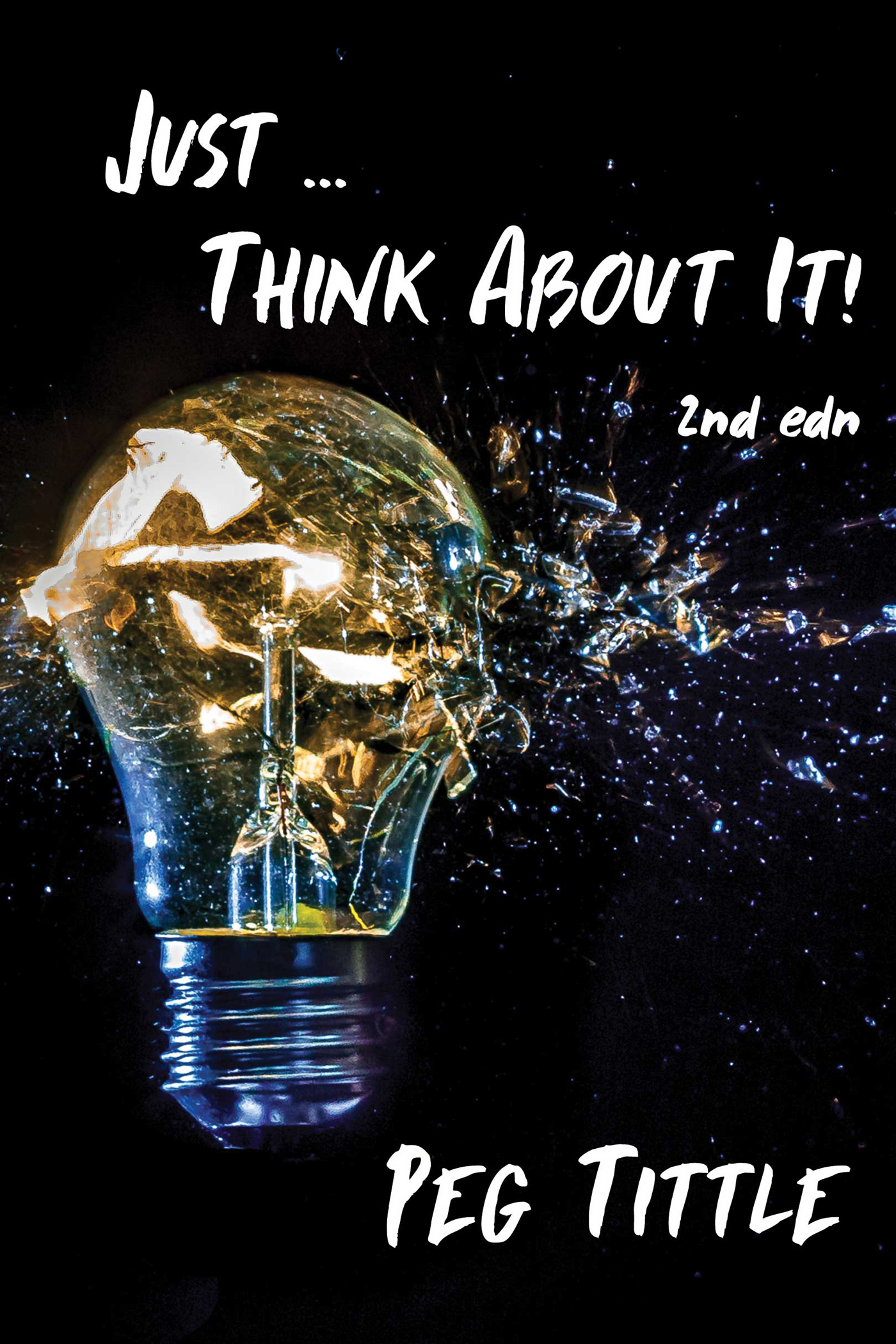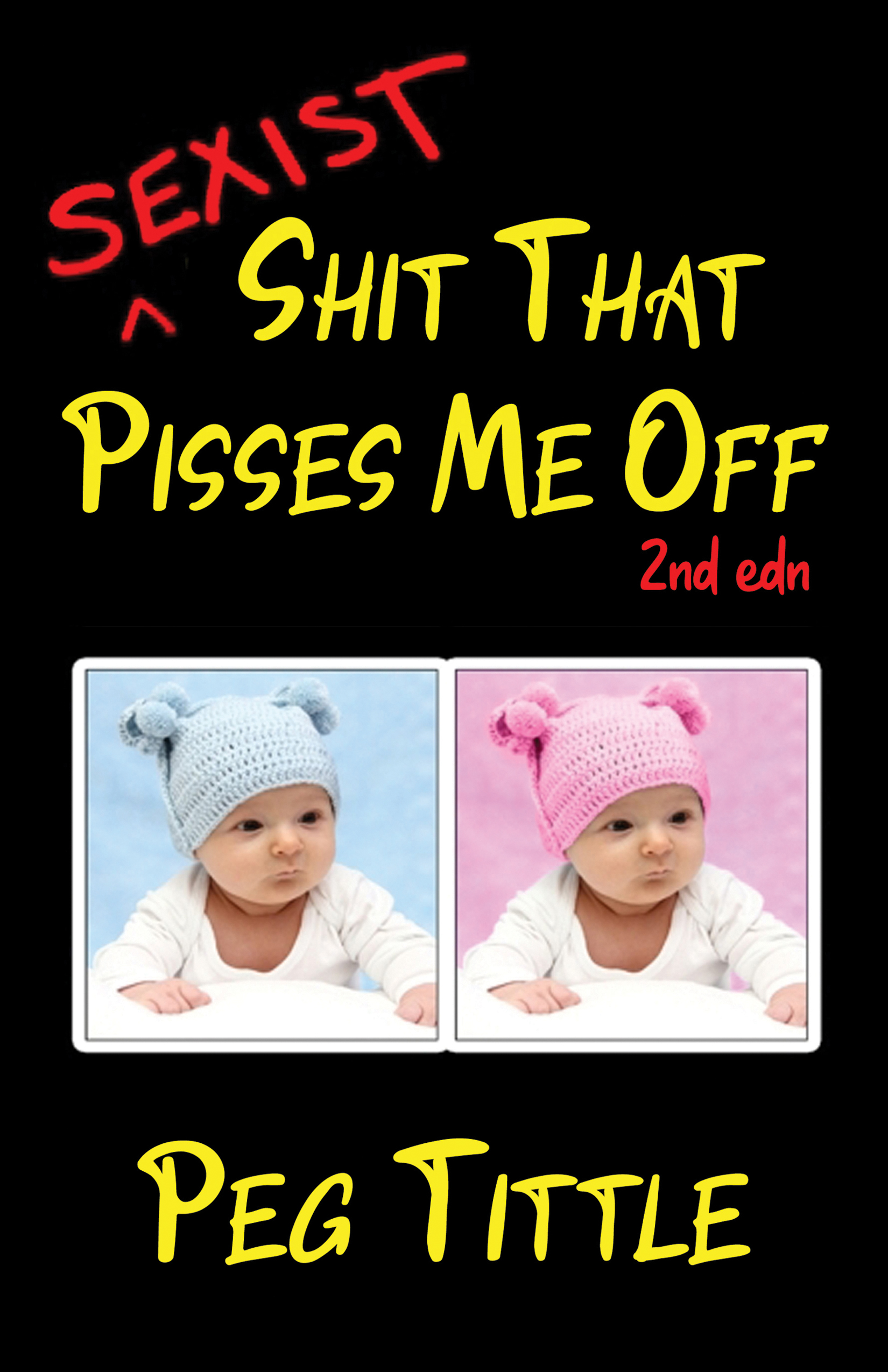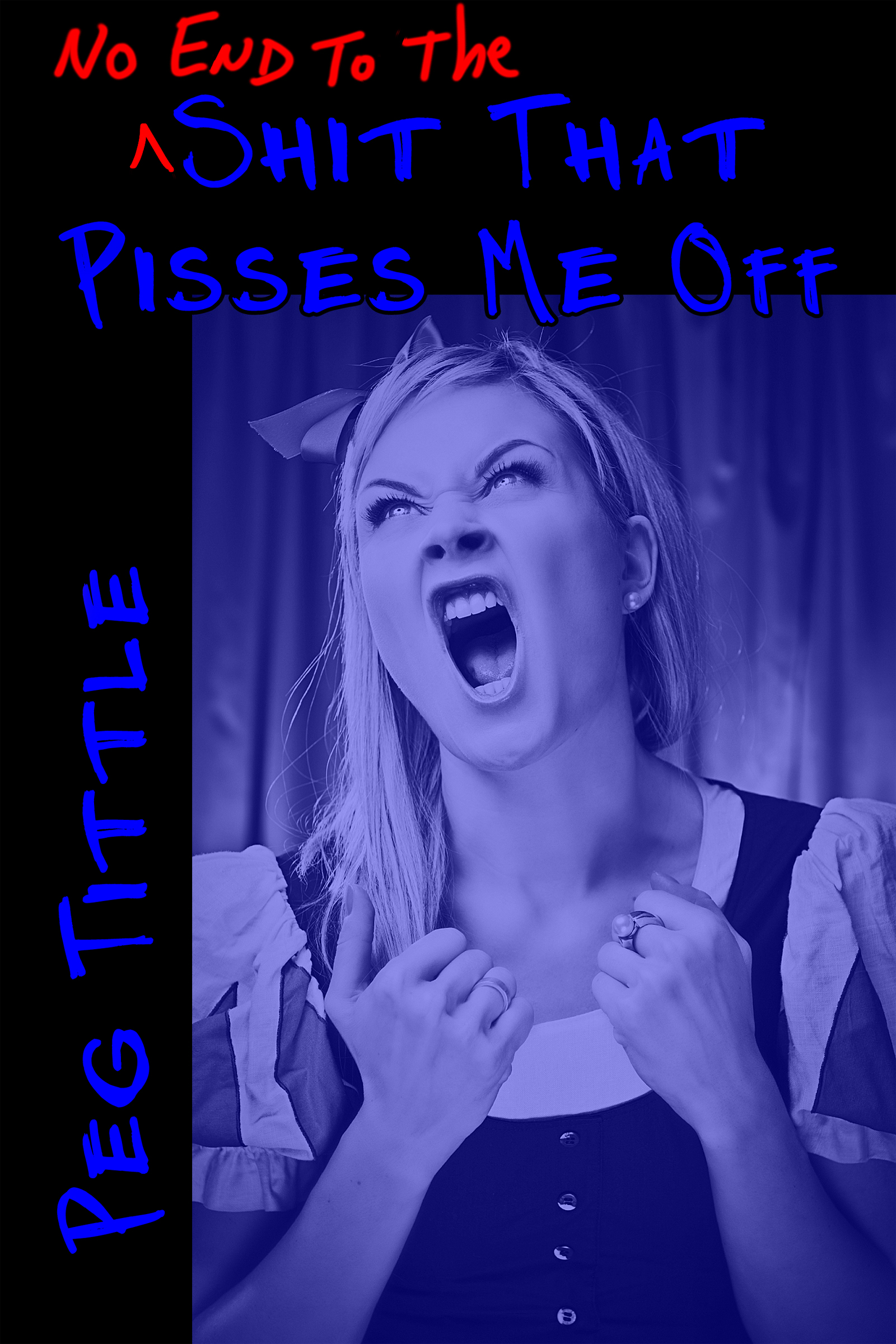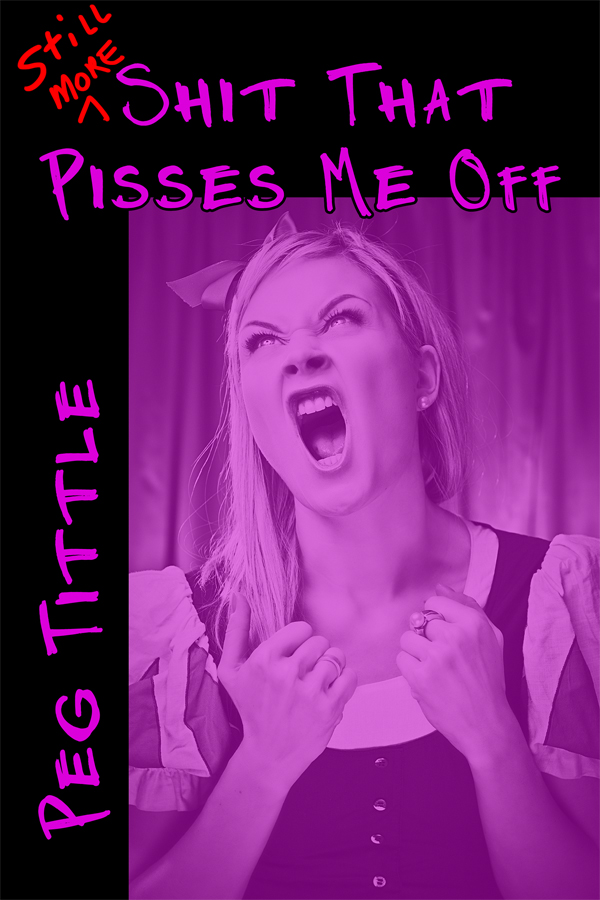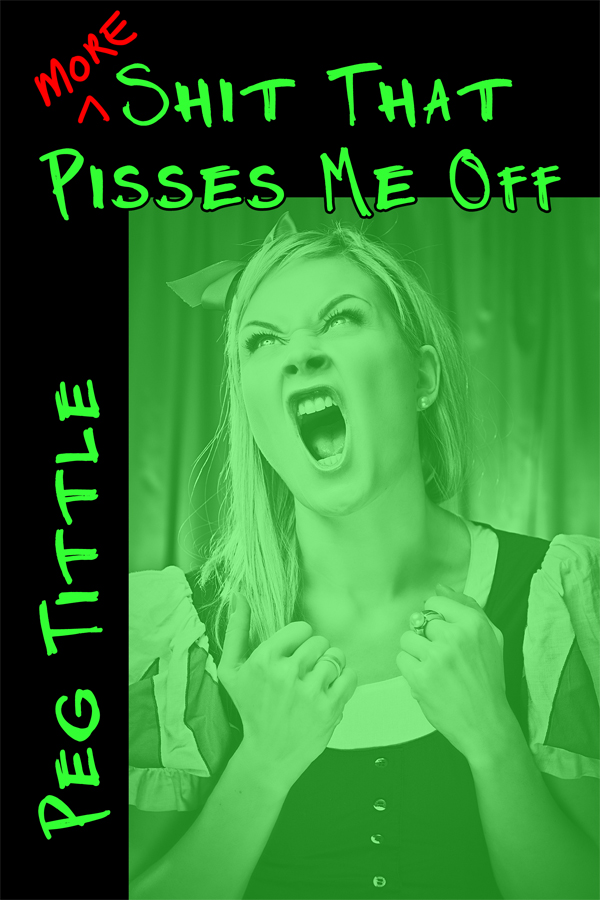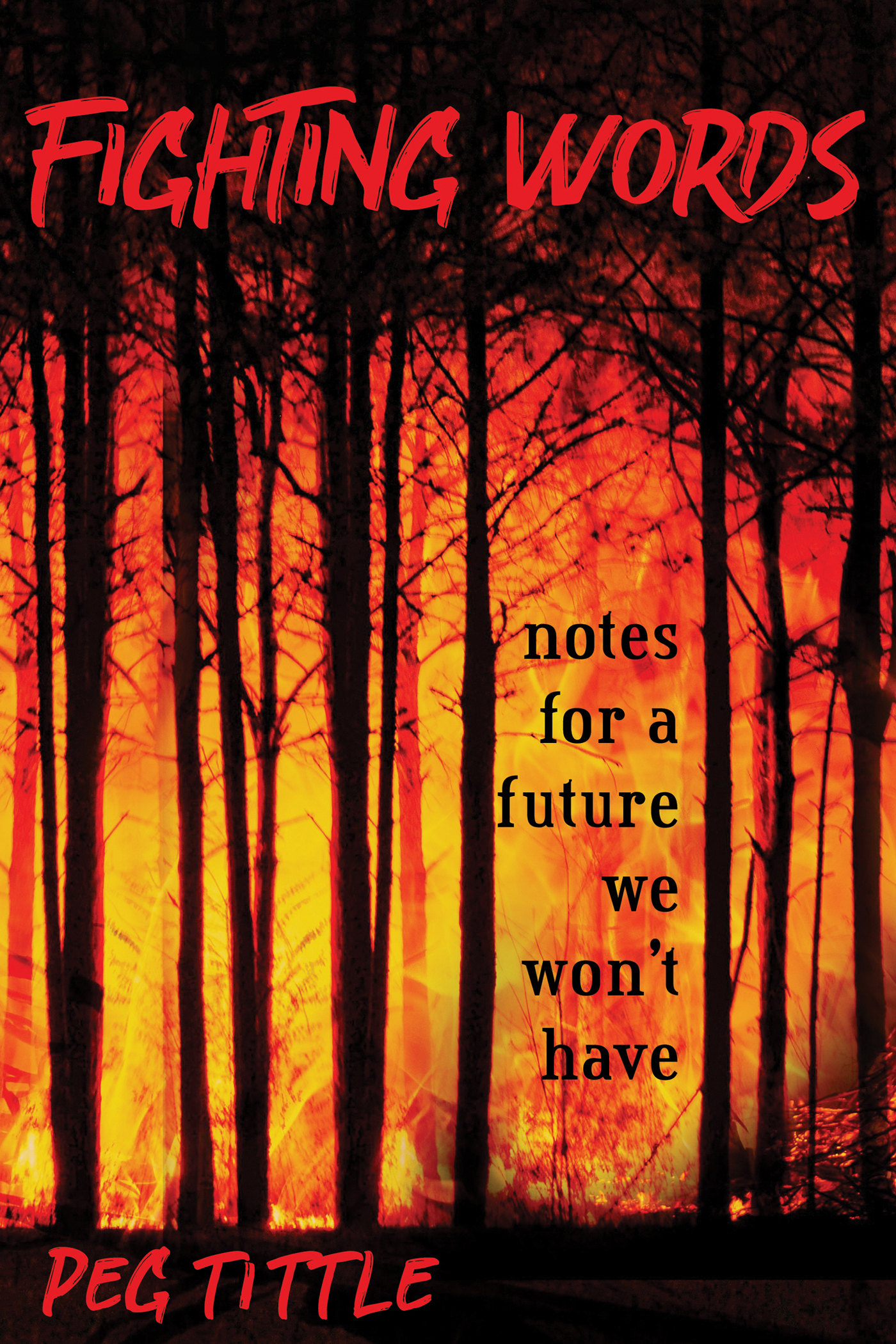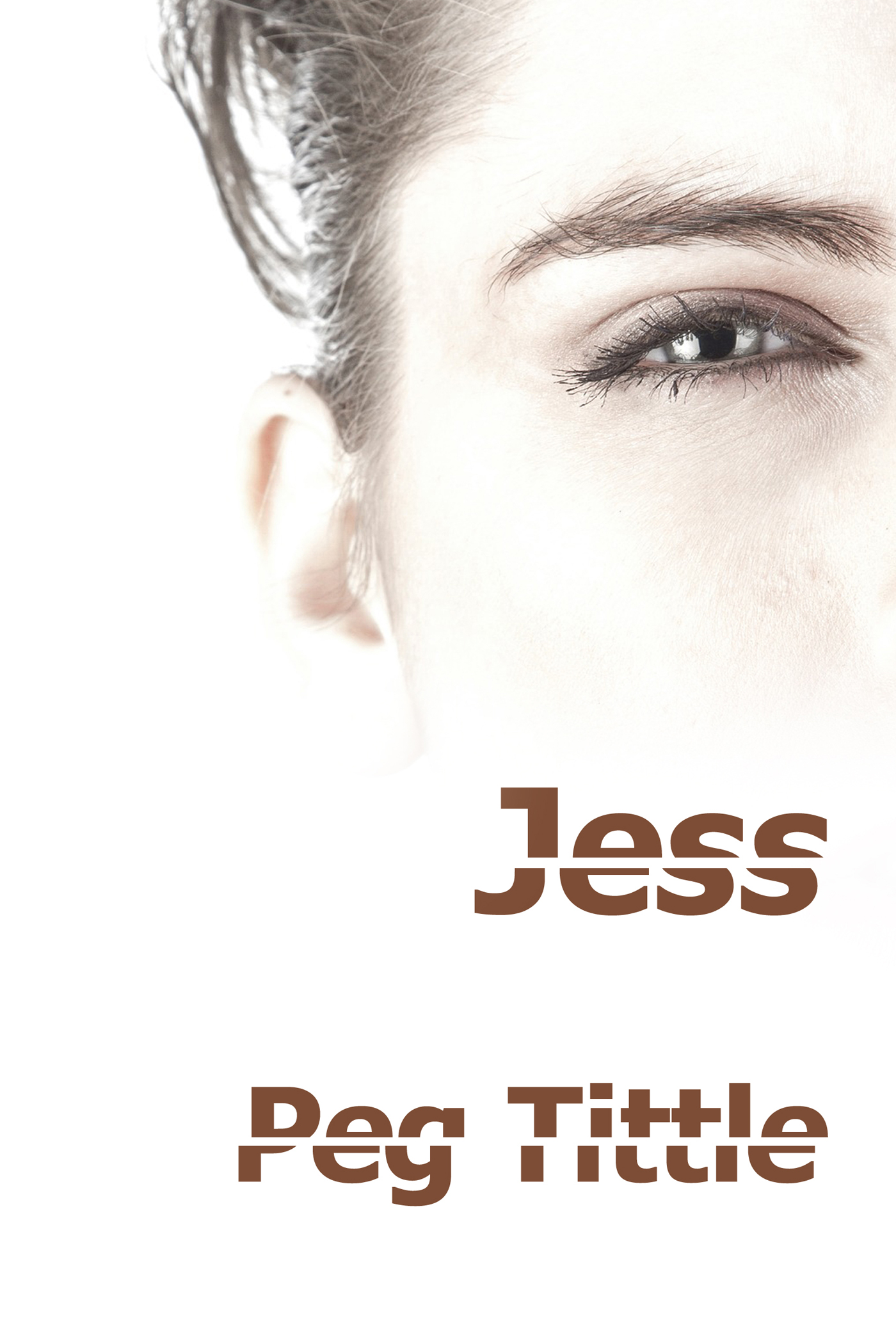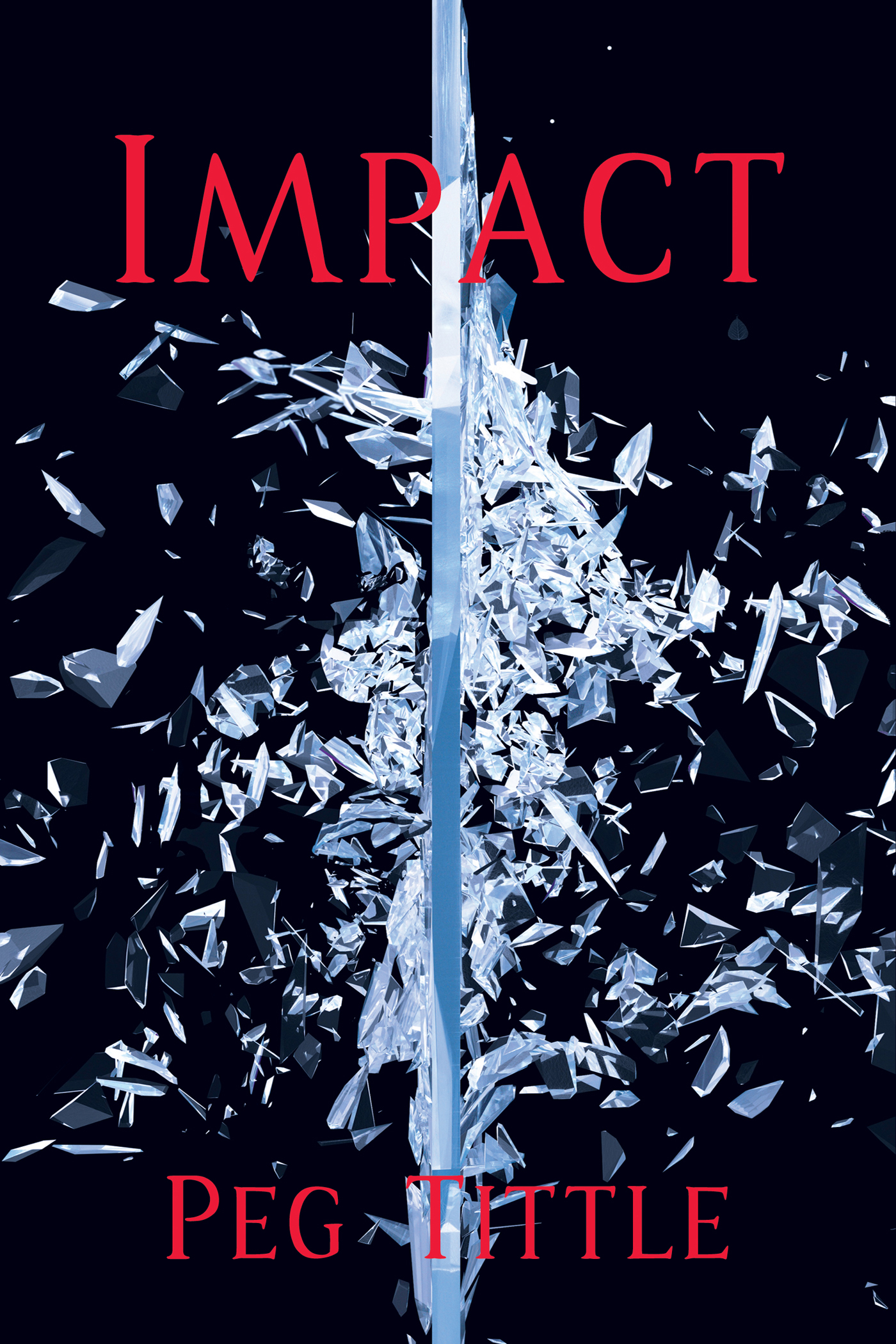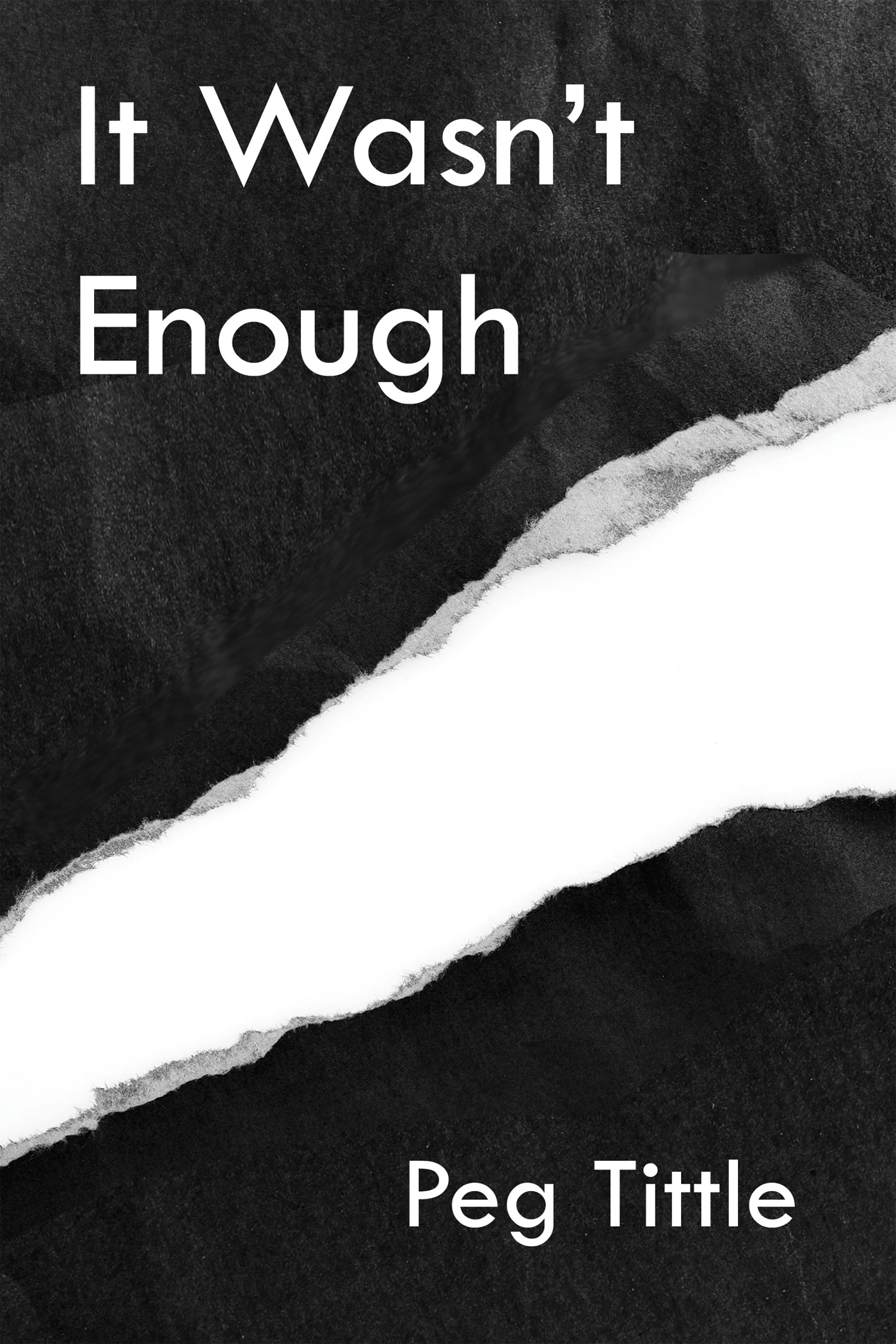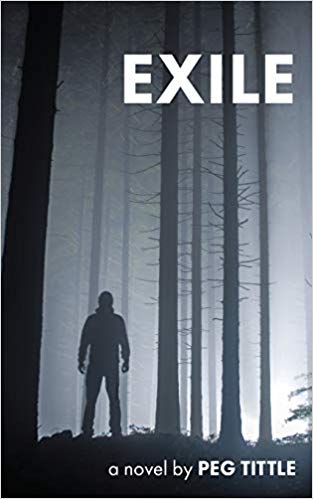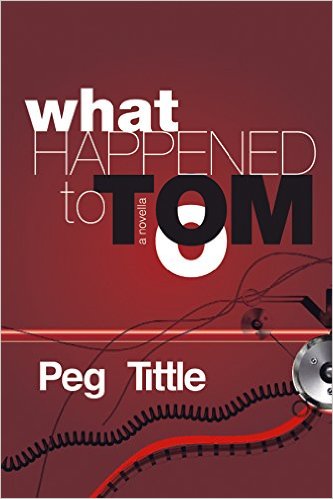At first, I noticed incomplete sentences in their conversation and in their writing. But I thought hey, it’s a fragmented world: videos with their bits and pieces of images, radio and tv with their sound bites, even entire degree programs at university present their courses as if they’re unrelated.
But then I wondered, is it because they don’t have complete thoughts? Or is it because they’re used to being interrupted? And is that the cause or the effect? Were they interrupted so often they never got the chance to finish a sentence? So it’s become a habit, and worse, a skill they never developed for lack of practice. Or do they interrupt each other because they don’t expect an end, a complete sentence? So they haven’t really interrupted, they don’t even seem to consider it rude; it’s just us older ones, those of us who do intend to finish our sentences, who feel interrupted.
Or is the incompleteness just the extreme of brevity? Apparently many students get through high school without having to write more than one paragraph on any give item. ‘Extended thought? What do you mean?’
Yes, of course, in art, fragmented images are often effective. But unless the audience can make the implied connections, such art will also be unsuccessful. That a group of thirteen year olds did not agree about whether a particular rap song condemned or condoned violence suggests that the latter is often the case.
Then I noticed that even when the sentences were complete, there were no connections between the sentences; there were no connections between paragraphs; there were entire essays without a thesis, without a point.
It’s not just a matter of continuity; it’s a matter of connection. Connecting the dots makes it linear. Connecting them in a particular way gives the line a particular shape.
Call me masculist, call me eurocentric, but linear thought is important. The ability to connect enables us to survive. We need to see similarities and differences (“Categories”, clap, clap, “Names of”, clap, clap, “Colours”…); we need to see cause and effect (“Look both ways before crossing…”).
My students’ sentences lay like so many dots on a page. They expected me to make the connections, to give their work shape, to give it coherence. The most important words are not nouns or verbs: they’re prepositions, conjunctions, and all the other transitional words – in, through, before, after, and, neither, therefore, because, although, despite. I spent time in a second year Philosophy class explaining that not only was ‘A because B’ not the same as ‘A therefore B’, but that they were exactly opposite.
It’s not chance that left their writing without colons or semicolons. The former introduces an explanation or an example of a thought; the latter joins related thoughts of equal importance. If students don’t see these connections between the dots, their sentences, they can’t see, they have no use for, such advanced punctuation. I say ‘advanced’ – that’s the truth now. Being able to use a colon or a semicolon was a fairly valid indicator that one would be in the minority that passes the Writing Competency Test given to all incoming students at the university.
‘Wrong word’ is often not just a dictionary error or a matter of using ‘quick’ where one should use ‘quickly’; it’s more a matter of using ‘with’ where one should’ve used ‘through’. Such an error indicates a fundamental lack of understanding of the connection, the relation, involved: ‘A with B’ describes merely a correlative relationship; ‘A through B’ can describe a causal relationship.
‘Irrelevant’ and ‘off-topic’ are not just harmless ‘messy bedroom’ problems. Rather, something has been connected, albeit implicitly, without justification. What’s indicated is that the person doesn’t truly understand the nature of the subject and so can’t tell if something is relevant or not.
Preparing an outline is the step in the writing process that was most often omitted. It’s not a matter of laziness. And it’s seldom a matter of just not bothering to write it out. Most often, the student didn’t know what his/her main subjects are, and then what the subordinate subjects were for each of the main ones, etc. Preparing an outline is a rigorous task involving relation: chronological relation, causal relation, categorical relation, etc. Making an outline is making connections – conceptual connections. (I fear the best answer many would’ve given to ‘Which doesn’t belong – shoe, jacket, or saw?’ is ‘Jacket – because it doesn’t begin with an S.’)
But perhaps the scariest symptom, the most dangerous manifestation, of this inability to connect is the view that ‘Everyone’s entitled to their own opinion,’ with its correlative, stated or implied, ‘You can’t criticize my opinion, my opinion is just as good as yours.’ True enough if you didn’t have to worry yourself with connections to fact (truth), or connections to other opinions (consistency), or connections to consequences (pragmatics). To understand that some opinions are better than others, some more certain, some more valuable, is one of the most important skills we can develop; but it is dependent on perceiving relations, on being able to connect.

